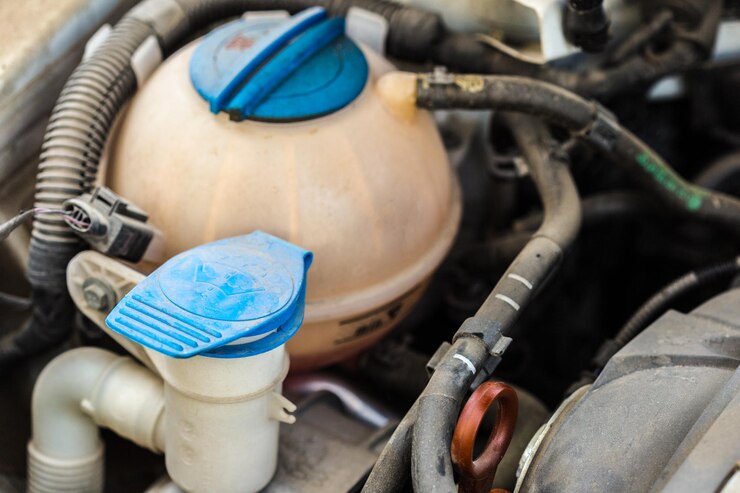Maintaining clear visibility on the road is essential for safe driving, and your car’s windshield washer fluid reservoir plays a crucial role in ensuring that your windshield stays clean and clear of debris. However, over time, the reservoir can become damaged or develop leaks, necessitating replacement. In this article, we’ll explore the process of replacing your car’s windshield washer fluid reservoir in South Africa, including the time it takes, the cost involved, and the essential tools required for the job. Additionally, we’ll provide a list of 20 tools that every mechanic should have to complete this task effectively.
The Process of Replacing Your Car’s Windshield Washer Fluid Reservoir:
- Assessment: The first step in replacing the windshield washer fluid reservoir is to assess the extent of the damage and identify any leaks or cracks in the reservoir. This may involve inspecting the reservoir visually or performing diagnostic tests to pinpoint the source of the problem.
- Draining the Fluid: Before removing the old reservoir, it’s essential to drain any remaining washer fluid to prevent spills and contamination. This can typically be done by disconnecting the hose from the reservoir and allowing the fluid to drain into a suitable container.
- Removing the Old Reservoir: Once the fluid has been drained, the old reservoir can be removed from the vehicle. This may involve loosening and removing bolts or clips that secure the reservoir in place and disconnecting any hoses or electrical connections attached to it.
- Installing the New Reservoir: With the old reservoir removed, the new reservoir can be installed in its place. This may require transferring any necessary components or fittings from the old reservoir to the new one and securing it firmly in place with bolts or clips.
- Reconnecting Hoses and Electrical Connections: After the new reservoir is installed, any hoses or electrical connections that were disconnected during the removal process must be reconnected. This ensures that the washer fluid system functions properly once the replacement is complete.
- Refilling with Washer Fluid: Once the new reservoir is installed and all connections are secure, the system can be refilled with washer fluid to the appropriate level. This ensures that the windshield can be effectively cleaned when needed.
- Testing: Finally, it’s important to test the windshield washer system to ensure that it is functioning correctly and that there are no leaks or issues with the new reservoir. This may involve activating the washer fluid pump and checking for proper fluid distribution onto the windshield.
Time and Cost Estimate:
The time it takes to replace a car’s windshield washer fluid reservoir can vary depending on factors such as the make and model of the vehicle, the extent of the damage, and the skill level of the mechanic performing the replacement. In general, the process can take anywhere from 1 to 3 hours to complete.
As for the cost, the price of a replacement windshield washer fluid reservoir can range from approximately R200 to R1000 or more, depending on the quality and brand of the part. Additionally, you may need to factor in the cost of labor if you choose to have the replacement performed by a professional mechanic, which can range from R500 to R2000 or more, depending on the mechanic’s hourly rate and the complexity of the job.
Replacing your car’s windshield washer fluid reservoir is a relatively straightforward task that can be completed with the right tools and know-how. By following the steps outlined above and having the necessary tools on hand, you can ensure that your windshield washer system remains in optimal condition, allowing for clear visibility and safe driving on the roads of South Africa.











